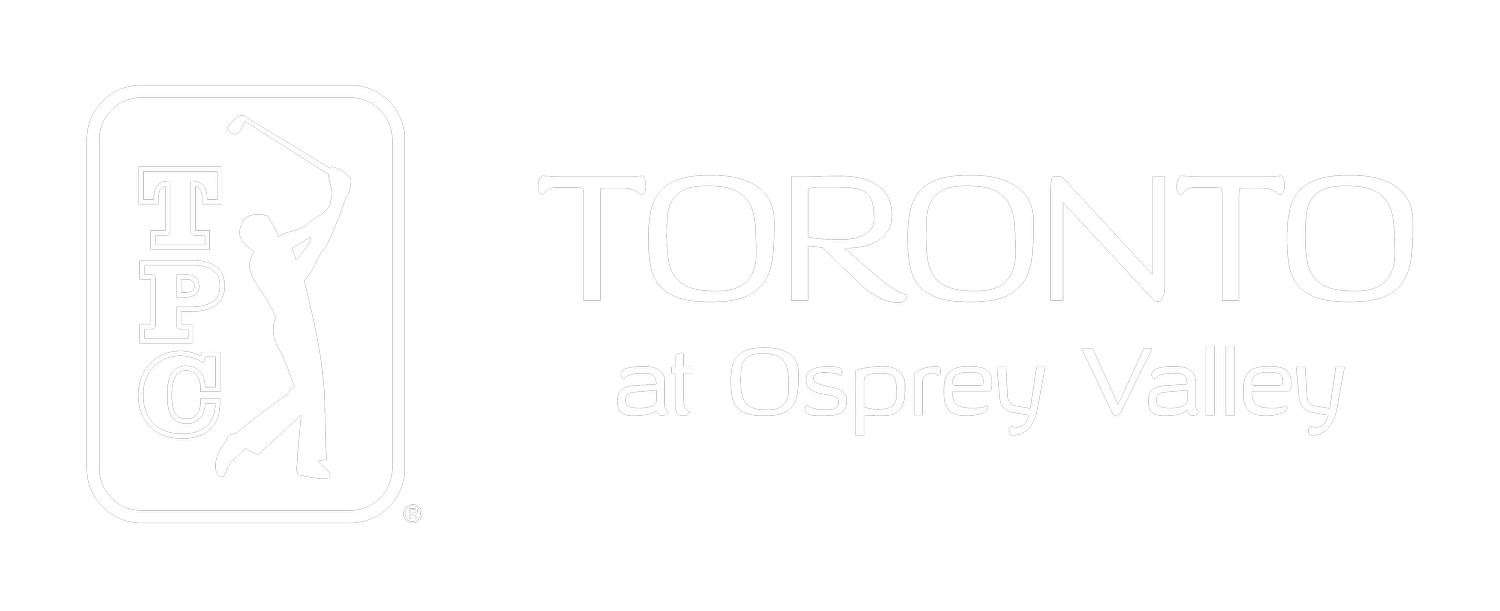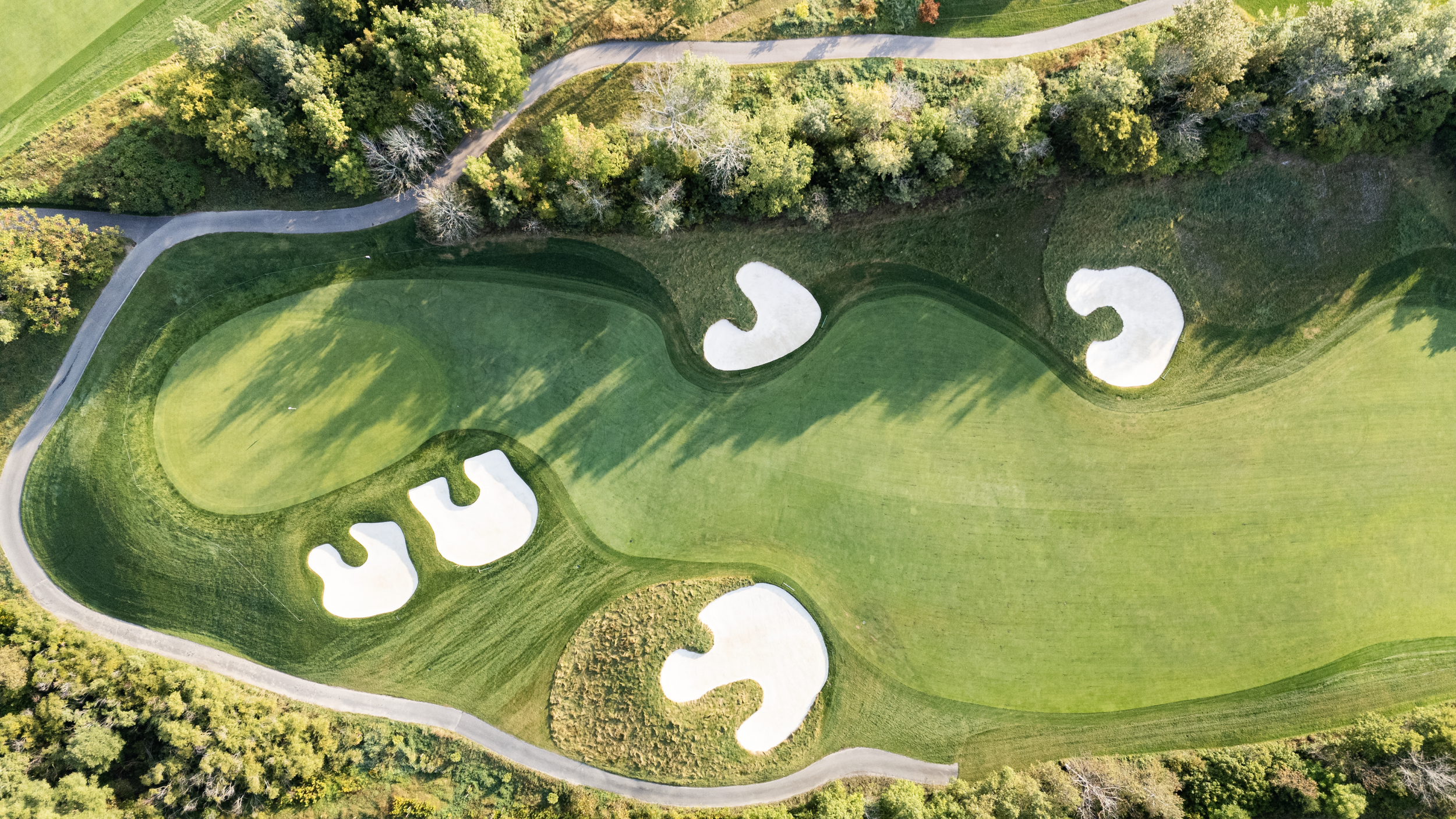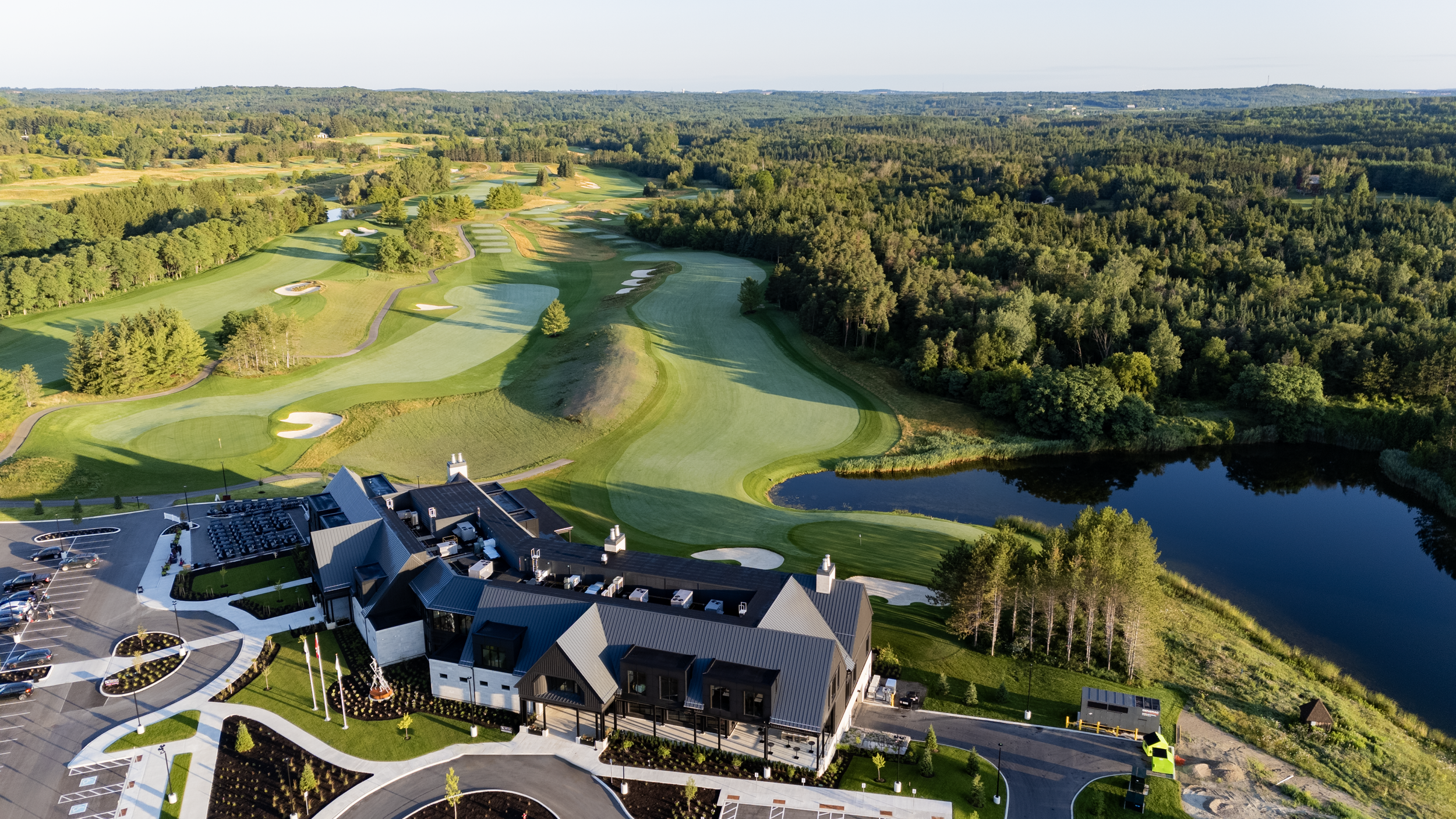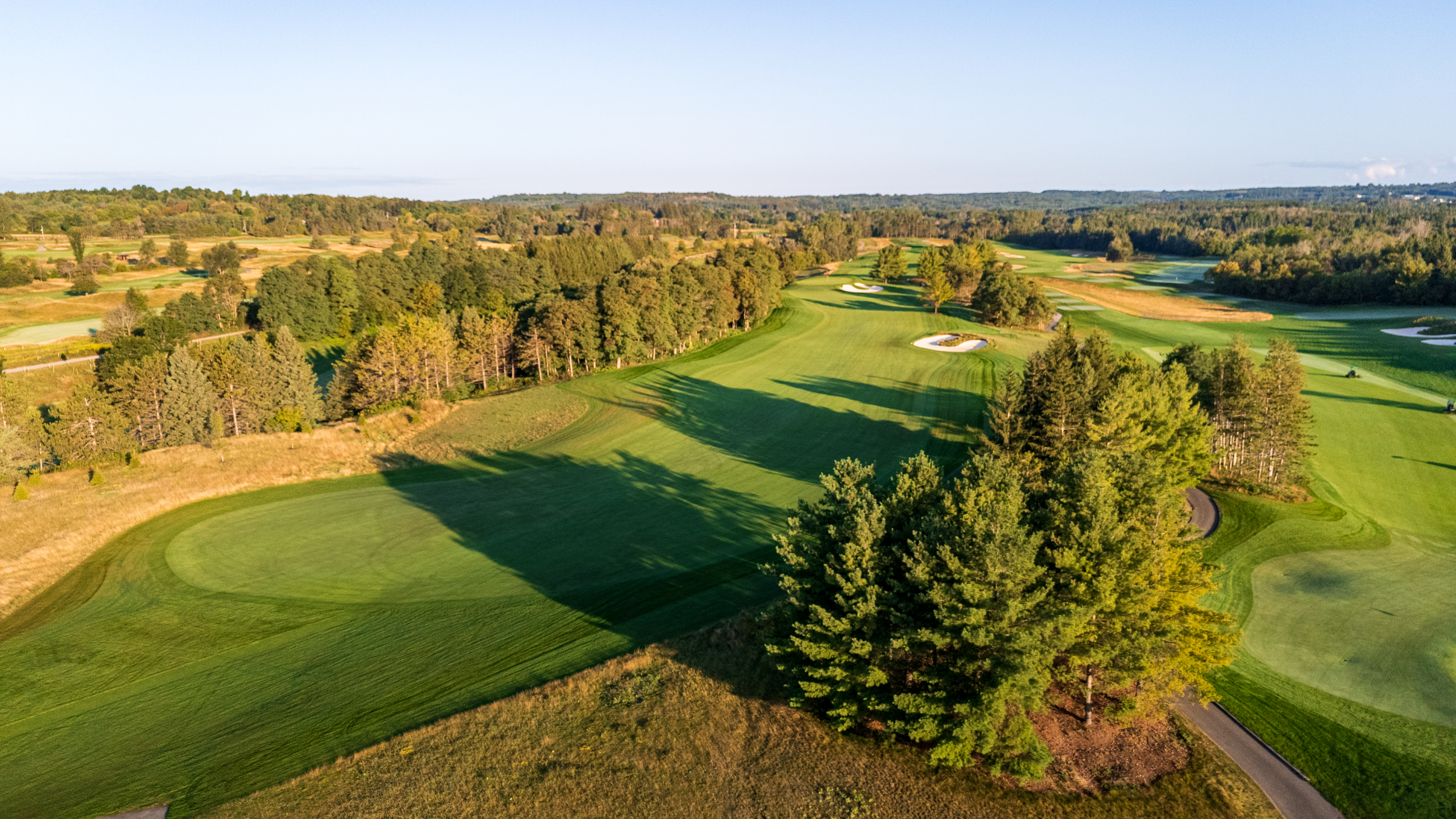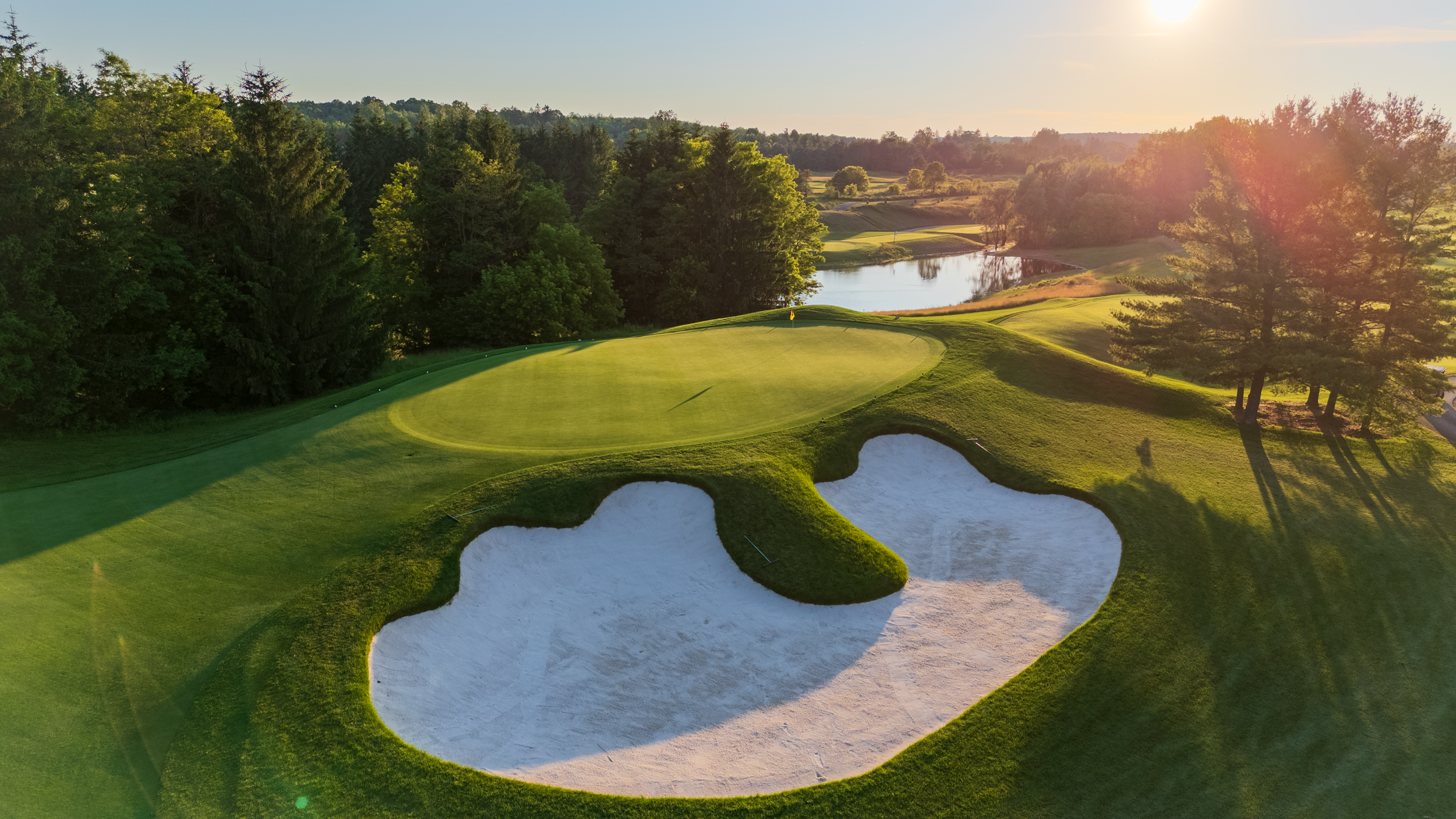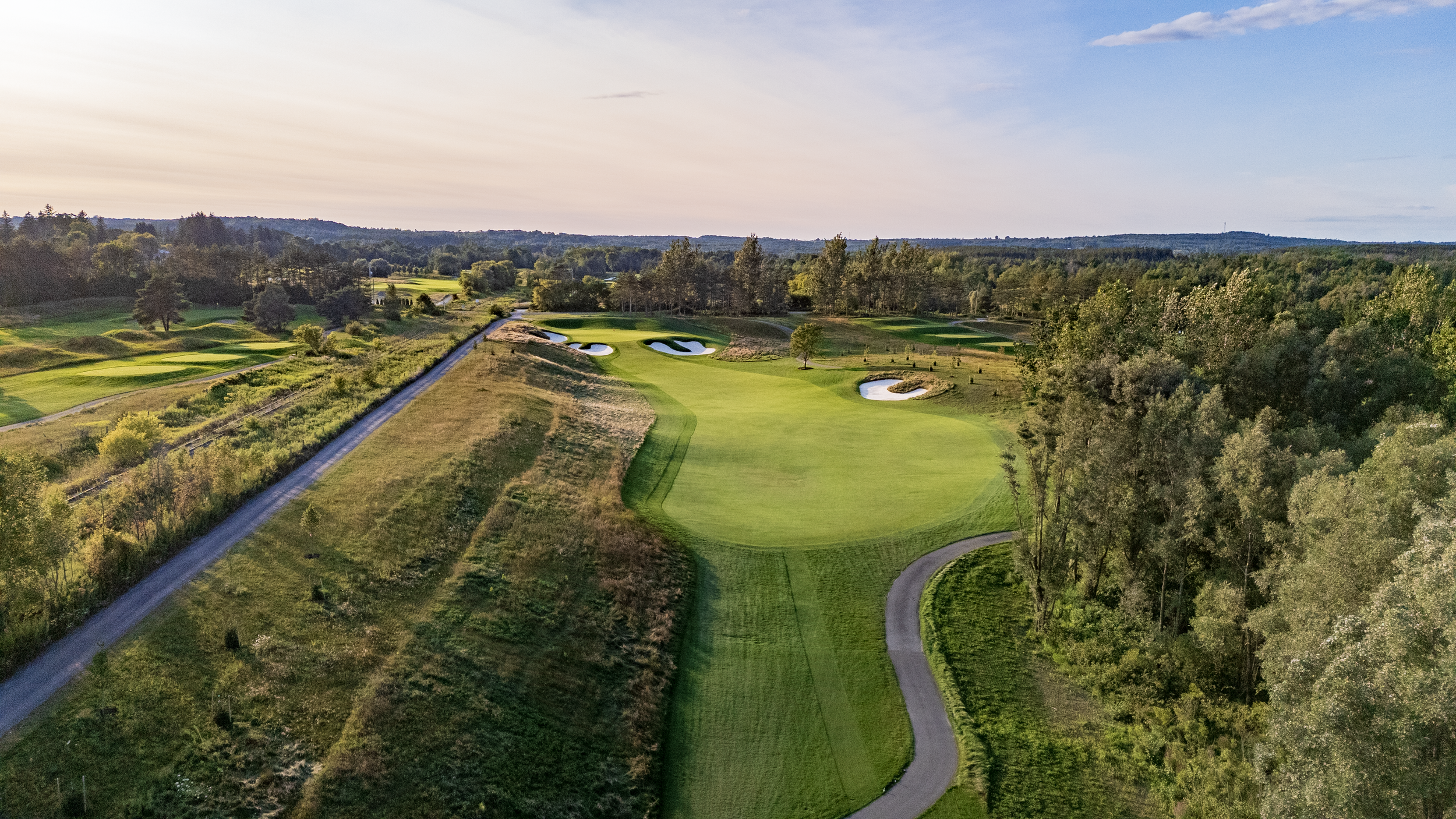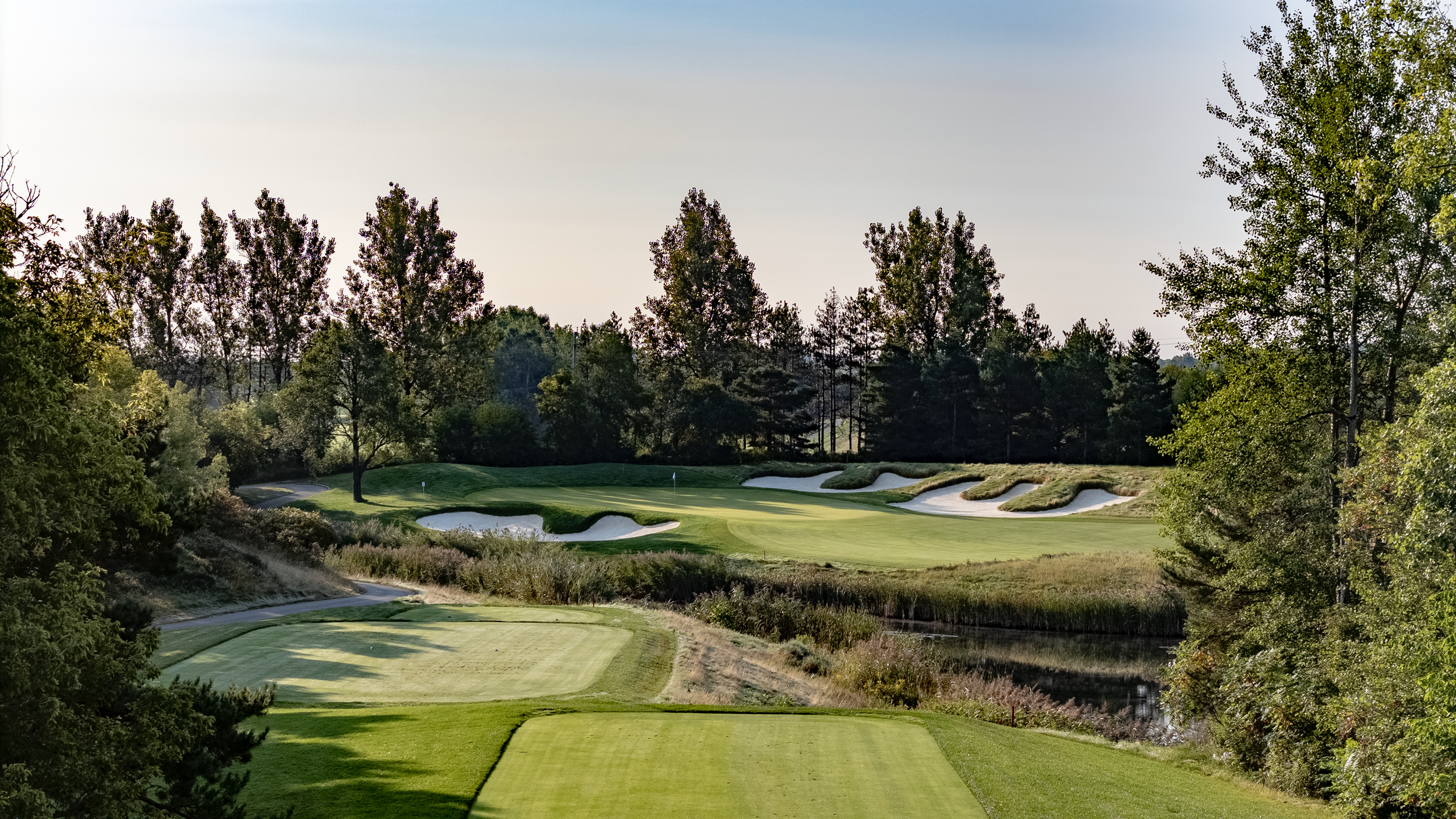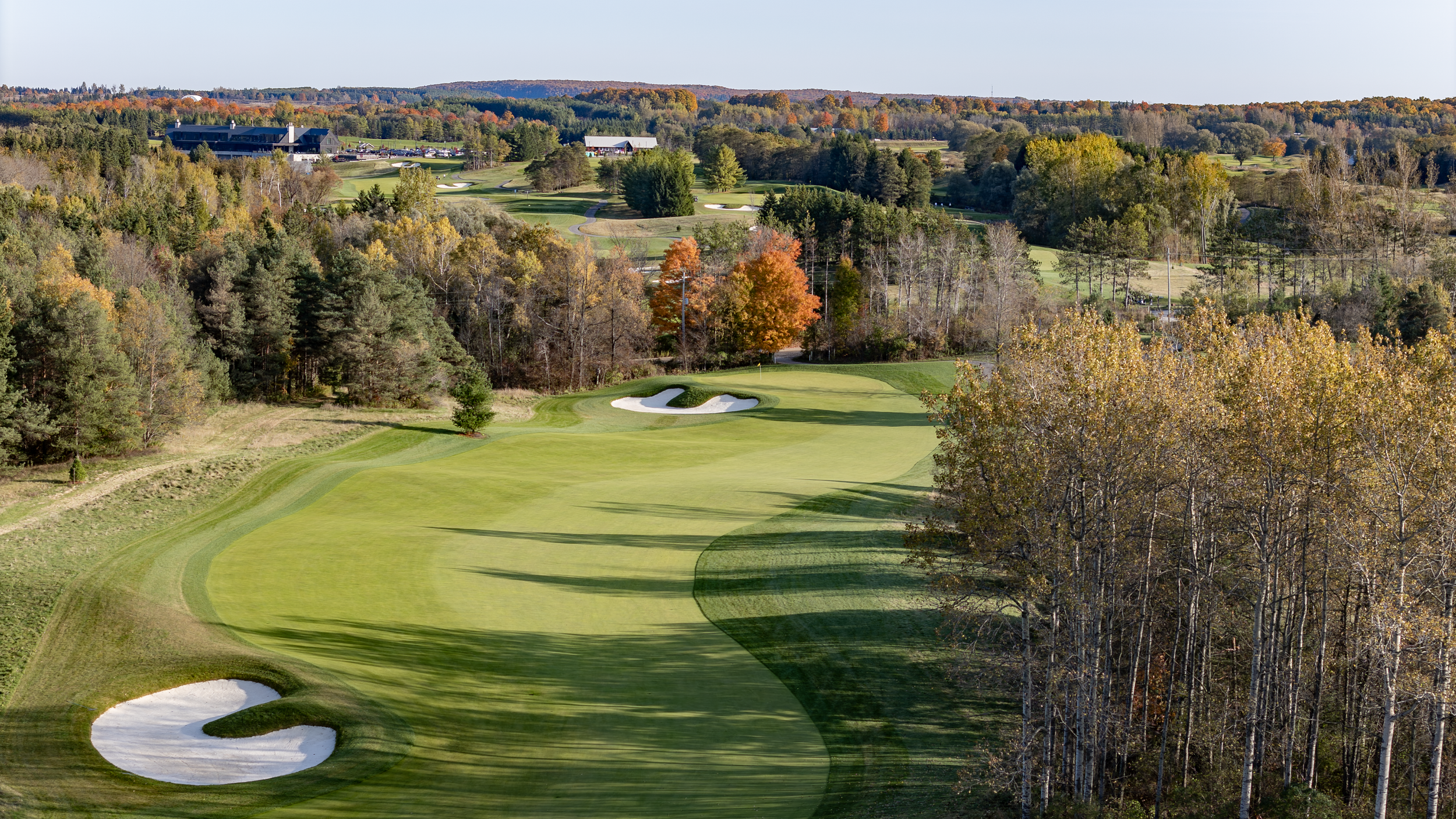Part Two: Q&A with architect Ian Andrew
In part one of our Q&A, North course renovation architect Ian Andrew discussed how the course transformed from being a a public course where a championship could be held to a championship course that the public can play. Today’s part two is a deep dive into specific holes and how they’ll play for this year’s RBC Canadian Open.
Q: One thing you’ve talked about in some of the videos we've done about the North course is this idea of half-par holes, where a player might be able to make up a half stroke on the field with a par on a tougher hole, but might be losing a half stroke with a par on an easier hole. What does having a number of those holes bring to a course?
A: The best two are examples are the 13th (536-yard par-4) and 18th (581-yard par-5). The 13th is about what you don’t make. It’s about avoiding the bogie created by a bad drive or bad approach shot. Par will beat the field. The 18th is about what you must make. Hit great shots and three is definitely a possibility. But if you hit poor shots a bogie will probably cost you dearly.
Q: The 18th hole is worth looking at in its entirety from tee-to-green. What are players facing when they play that hole?
A: It’s a roll of the dice hole. If you’re successful at taking on the right hand side and can make the carry where those bunkers are super deep, there’s a lot of reward. There’s a downslope sitting right behind the last bunker, and hitting that is going to make a huge difference compared to someone who plays safely out to the left, who’s probably going to have a long way in. But there’s risk in taking on that line too, because if you’re in those bunkers it’s a lot to excavate yourself from in there and the fescue around the bunkers is very thick.
The 18th’s cavernous fairway bunkers set up a risk-reward tee shot on the course’s final hole
On the approach shot, those bunkers are tight to the green and playing from long is very tough. Anything that comes up short of the green is probably rolling all the way back into the water, but if you’re playing from long, the green is very narrow and the water’s still in play there, too. So the risk-reward is enormous, and it’s probably the most exciting hole when you look at the possibility of a three or a six coming home. I think the fun part is, for somebody who just chooses to be around 18 most of the day, you’re going to see balls in the water and you’re going to see birdies and eagles, so it’s a lot of ‘wows’ and ‘oh nos’ on both sides, and that’s the fun part about a finishing par-5 over water.
Side-by-side images of the original 18th green and the post-renovation version
Q: On the first hole, there was previously a fairway bunker on the left hand side that was probably not in play for a Tour player. Why was that bunker replaced with one further down the fairway on the right side?
A: The bunker on the right side reorients the hole so that players need to take on more risk off the tee. The biggest risk on the hole is the trees down the left side. What the bunker down the right does is make the players bring that risk into play if they want to be able to go for the green in two. If players miss right, it’s not a terrible spot to be but it will probably cost them the ability to go for the green. Now, players have to either start it out over the trees or turn it over that way. You’re asking them to do more. It’s another shot that allows a really strong player to separate themselves from the field.
The fescue replacing out of play bunkers is about establishing a better sense of place. We want the fescue to be a significant part of what The North Course is all about. For play, but also for the setting. The additional six acres creates more opportunity for nature to co-exist with golf which is expressed in the new logo.
The 1st hole’s fairway bunker catches tee shots that fail to take on the trees down the left side
Q: Alternating between scoring holes and perseverance holes is a feature that becomes apparent early on the back nine, with the short-ish par-4 12th sandwiched between the really tough 11th and 13th. What’s something that fans should look for with that hole?
A: The 12th and sixth are both short par-4s, but where the sixth tells you everything you need to know, the 12th keeps its secrets to itself. It’s the most difficult green on the course. The front left is very steep and with a short iron, it’s possible to draw the ball back into the front bunker. The back left table top is small and going long leaves you in a rough hollow. The flop shot is to a green running away from you. There’s not a lot of space to stay up top. The right side is the easiest pin, but it narrows and they will surely use the right corner as a hole location. Front is a deep bunker shot, long deep rough and playing left is a tough downhill putt. The yardage suggests birdie hole. The green has other things to say about that.
The 12th green’s contours make the short par-4 a compelling test of precision
Q: If the wind is up, the 11th hole may well be one of the toughest par-3s on the PGA Tour this year (Note: the field averaged 3.428 during the 2024 Fortinet Cup Championship, making it the fourth toughest hole on the 2024 PGA Tour Americas schedule). What does the player face on that tee shot and what was the thought was behind introducing the fescue wall to the left of the green and the shortgrass area to the right?
A: The 11th says, “only your very best shot will do.” The combination of wind, water and length makes this the single most challenging shot on the golf course. You need to hit your intended target, or else. Playing out to the short left makes the tee shot easier and might be the way to handle the hole if the wind is up and into you, but I expect they’ll move the tees around to address the wind. If it’s up from the back tee, it gets the player thinking about the green again and that may be their undoing. It's an intentionally hard hole.
Q: The seventh hole is another par-3 that can be really long, but might present more of a scoring opportunity if the wind and hole location are favourable. What do you see players doing to try to score on that hole?
A: The comfortable play there is a draw, because you can land it short and the contours actually feed the ball towards the hole for a left pin. It’s not a Redan, but it’s got a little bit of that style where a draw gives you a lot more ability to work the ball in. I’ve looked at seven as kind of a companion hole to 11, because they play exactly the opposite direction so whichever way the wind is blowing, one is going to play a lot longer and meaner than the other one. Between them, those are your two long long clubs on par-3s but they each provide a very different test.
Q: In Part One, you described the changes to the landing area on the 16th hole and how that puts driver in the player’s hand. How does that hole fit in with the challenges players face on the rest of the back nine?
A: There’s opportunity to score on the 14th and 15th, and I believe there’s more opportunity on the 17th and 18th. That meant the 16th needed to be about perseverance. Rather than give the players more room off the tee, because it is a harder hole than the other four, the drive is tighter and more demanding. This is a hole that is meant to ask players to hit a series of really high quality shots to separate the contenders from the field.
To receive more news, stories and information about TPC Toronto at Osprey Valley and the 2025 RBC Canadian Open, sign up for our bi-weekly newsletter Osprey Insiders at this link.
